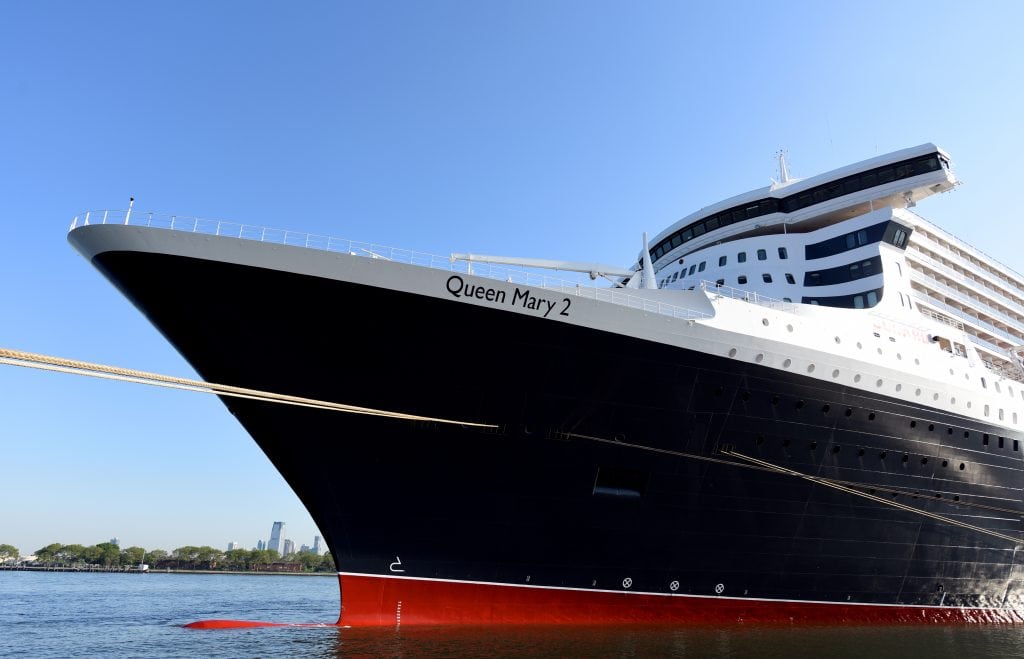How Cunard Is Trying to Keep Old-World Cruising Relevant

Skift Take
In an industry full of young brands, Cunard Line emphasizes its history to stand apart. But keeping the needs of modern travelers in mind is important too.
The buzz around the cruise industry in recent years has centered on unexpected features like robot bartenders, onboard breweries and simulated skydiving — or hot destinations such as China and Cuba.
But for Cunard, a 176-year-old cruise line famous for its timeless transatlantic crossings, what's new is also a nod to history.
Executives use terms like "heritage," "legacy" and "tradition" when they talk about the three-ship line, even though the current vessels launched between 2004 and 2010. Formal nights and dress codes are common, historic photos adorn the walls, and shuffleboard awaits on the deck.
But the operator isn't looking to drift into musty-old-history territory. While robots mixing drinks might draw headlines, Cunard believes there's room for a few icons — albeit with modern sensibilities.
"So many things that we are doing have a clear foot in paying tribute to our history but also are extraordinarily current in what you would expect in hospitality and the cruise industry today," Richard Meadows, Cunard's president for North America, told Skift.
The UK-based line, part of cruise giant Carnival Corp., showed off its recently renovated Queen Mary 2 at the Brooklyn Cruise Terminal earlier this month. It was the 2,961-passenger vessel's first appearance at its North American home port since the upgrades.
Remastered Ship
The $132 million refit was so extensive — more cabins including rooms for single travelers,
